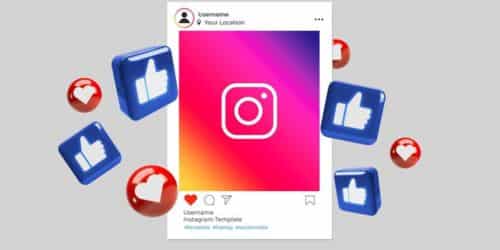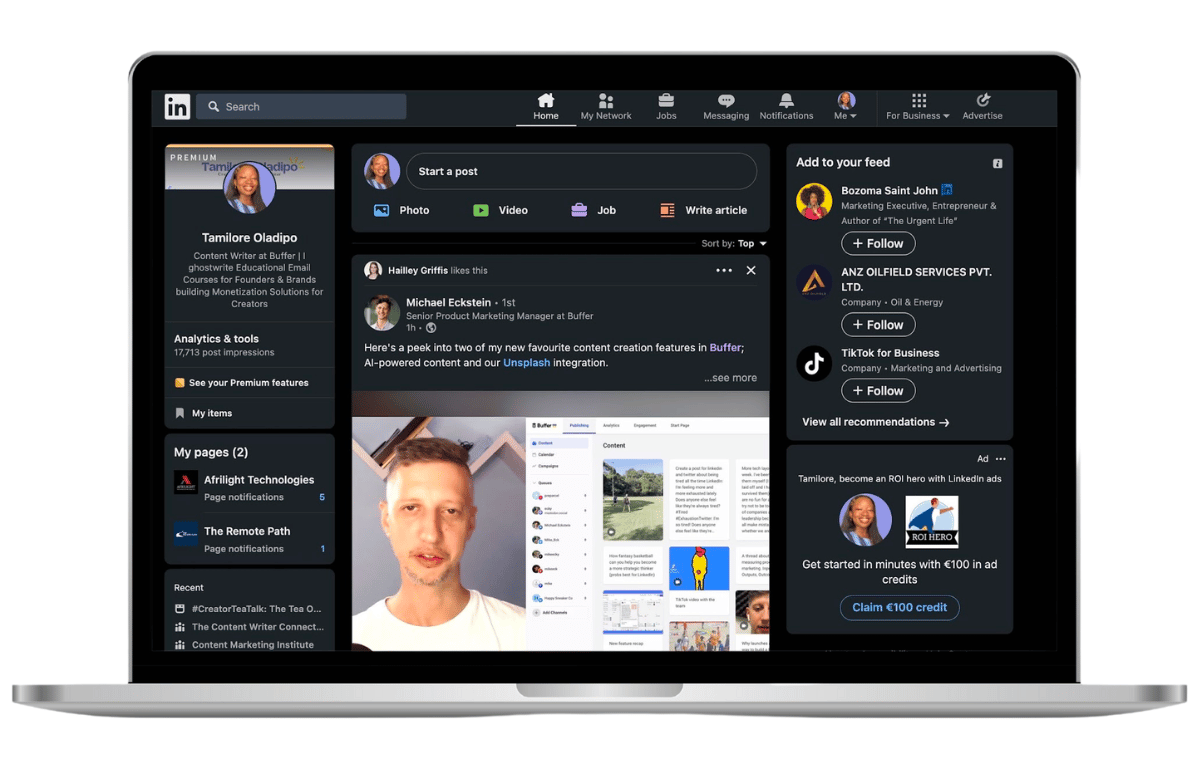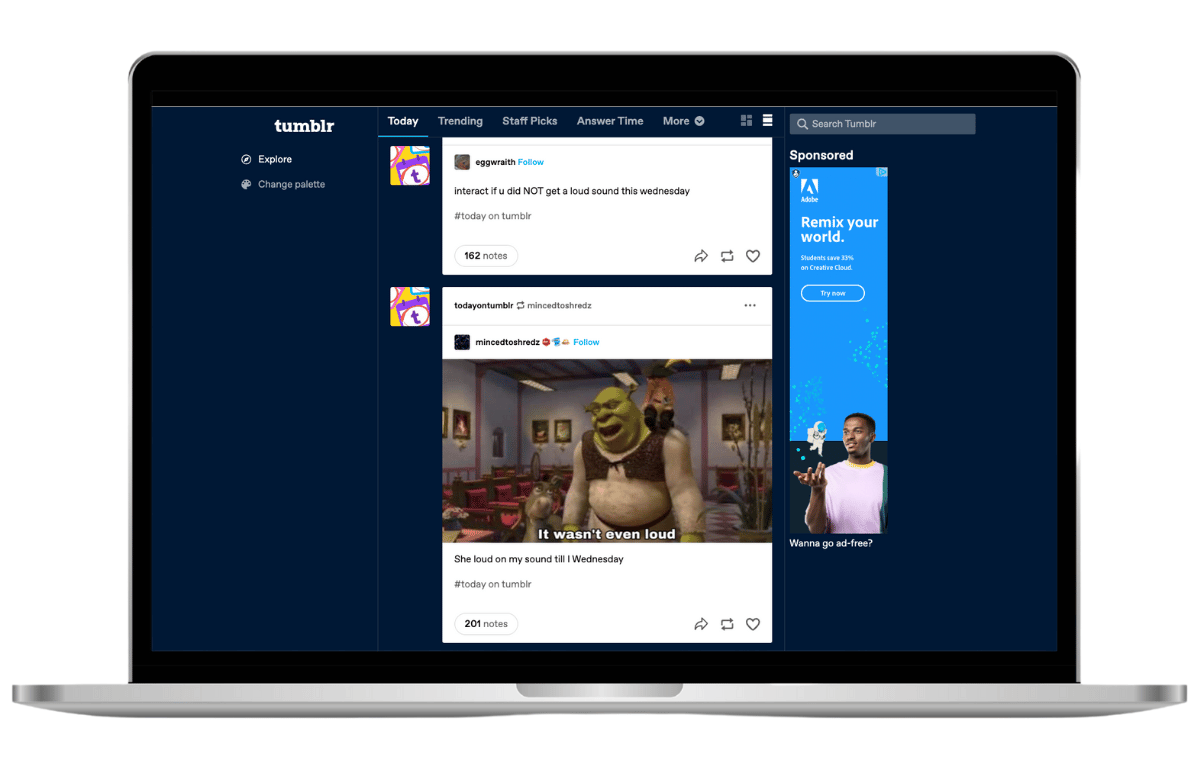Have you ever found yourself endlessly scrolling through the same old social media platforms, feeling stuck in a digital rut? Trust me, I’ve been there too. There was a time when I felt overwhelmed by the sheer volume of content on the major social media giants. I craved something fresh, something that felt more personal and engaging. That’s when I stumbled upon a few hidden gems of small social media apps and platforms that brought a whole new dimension to my online experience. If you’re curious about where to find these small but mighty platforms and how they can transform your social media experience, keep reading; you’re in for a treat!
Key Points
- Social media platforms are used for various purposes, including connecting with others, political engagement, entertainment, business marketing, customer service, and emergency communication.
- It’s about more than just the number of users on a platform; it’s about finding the right fit for your business and brand image. Smaller platforms can offer more genuine connections and meaningful interactions.
- The most popular social media platforms, including Facebook, WhatsApp, YouTube, Instagram, WeChat, and TikTok, have unique business features and benefits.
- Different platforms prioritize different types of content and engagement. For example, Facebook and Instagram algorithms favour content that sparks conversations and interactions, while TikTok emphasizes engagement and video watch time.
- Numerous smaller or niche platforms, such as Telegram, Snapchat, Kuaishou, Sina Weibo, Q.Q., and Mastodon, can be ideal for targeting specific audiences or regions, such as younger users or the Chinese market.
What is Social Media?

Credit: Freepik
It’s a bunch of tools that help people share ideas and information. Over 5 billion people use platforms like Facebook, Instagram, X (which used to be Twitter), and YouTube. This is about 62% of everyone! By early 2024, almost everyone online (94.7%) used chat and messaging apps, and social platforms were close behind at 94.3%. Pretty wild, right? Let’s see what social media is used for today.
What is Social Media Used for Today?
Social media platforms come in six main types: social networking, social bookmarking, social news, media sharing, microblogging, and online forums.
These platforms cover a wide range of interests and uses. Some are great for hobbyists, while others are perfect for work-related networking. People use them to connect with others who share their political or personal views. Entertainers engage with their fans, politicians reach out to voters, and charities connect with donors. Even governments use social media to share crucial info during emergencies.
For businesses, social media is a big deal. Companies use it to find and talk to customers, boost sales with ads and promotions, spot new trends, offer customer service, and even collect user data, sometimes without them knowing.
Small Social Media Platforms
There are so many Small Social Media Platforms. It’s not just about the total number of people using it; it’s about finding the right fit for your business. Does the networking site match your brand image? Is your target audience using that platform? Joining a known platform always feels like finding a secret club where everyone can share similar interests and values. The connections are more genuine, and the interactions are meaningful. And how many social media platforms can you realistically manage at once?
To help you, I’ve researched and gathered info on the top social media platforms and apps in 2024. Some of these will be familiar, while others might be new. Check out this list to see which social media apps might be perfect for your brand. And remember, you don’t need to be on every social media site to have a successful brand.

#1. Facebook

Credit: Vectonauta
Facebook is the biggest social media site, with over 3 billion people using it monthly. That’s about 37% of the world! Facebook Messenger, its messaging app, also has 931 million monthly users.
More than 200 million businesses, primarily small ones, use Facebook tools, and over 7 million advertisers promote their businesses on Facebook. This makes it a solid choice if you want a social media presence. Facebook Groups and the Facebook Ads Manager also help you reach more people and grow your following.
Getting started on Facebook is easy since almost all content types—text, images, videos, and Stories- work well here. The Facebook algorithm loves content that sparks conversations and meaningful interactions, especially from family and friends.
#2. WhatsApp

WhatsApp is a messaging app used by people in over 180 countries, with around 2.78 billion active users.
Initially, people used WhatsApp to send messages to family and friends. However, with the launch of WhatsApp Business in 2018, brands started using it too. WhatsApp Business had over 200 million monthly users in June 2023.
Businesses use WhatsApp to provide customer support and share updates with customers. Small businesses can use the WhatsApp Business app, while larger ones can use the WhatsApp Business API. As the most popular messaging app, WhatsApp can be a great way to offer customer service.
#3. YouTube

YouTube is a video-sharing platform where users watch a billion hours of videos daily. It’s the second-largest social media app and is often called the second-largest search engine after Google.
If you use video to promote your business, YouTube is a must. To get started, here’s how to create a YouTube channel for your brand. Learn about YouTube SEO and its algorithm to help your videos get discovered.
#4. Instagram

Credit: Vectonauta
Instagram is all about visual content, making it perfect for showcasing your products or services through photos and videos. You can share content like photos, videos, Stories, Reels, and live videos.
As a brand, you can create an Instagram business profile to get rich analytics of your posts and schedule Instagram posts with third-party tools. It’s also great for user-generated content because users often share and tag brands. Like Facebook, Instagram’s algorithm prioritizes engagement. Check out this guide to grow your following on Instagram, whether you’re a seasoned creator or just starting.
#5. WeChat
WeChat was released by Tencent in 2011 and has over 1.32 billion users, covering 80% of China’s population. It started as a messaging app but now includes online shopping, bill payments, and money transfers. It’s the most popular social media app in China and other parts of Asia. WeChat is an excellent option if you want to reach the Chinese market. You can run ads or use influencers to promote your brand.
#6. TikTok
TikTok, or Douyin in China, is a short-form video-sharing app launched in 2017. It’s one of the fastest-growing apps and recently overtook Google as the most visited site. TikTok lets users create and share videos between 15 seconds and 10 minutes long. It has many sound effects, music snippets, and filters to enhance videos.
You can find videos on almost any interest, from dancing and challenges to D.I.Y. tricks. Nearly half of TikTok users in the U.S. are aged 10-29, making it great if your target audience is young. The TikTok algorithm loves engagement and video watch time, so it hooks viewers in the first few seconds.
#7. Telegram
Telegram is a free messaging app that works across multiple devices with no media size limits. It features end-to-end encryption for all chats, groups, and media, making it popular for its security. Brands use Telegram for customer support and to broadcast messages to large audiences. Telegram’s chatbots and channel features are also helpful for businesses.
#8. Snapchat
Snapchat focuses on photos and short videos (snaps) shared between friends. It popularized the vertical video format, which is now standard on other apps like Instagram and TikTok.
Though Instagram Stories have slowed Snapchat’s growth, 69% of U.S. teens still use it. So, if your target audience is teenagers, consider using Snapchat. If you’re new to Snapchat, check out our beginner’s guide. We also compared Snapchat and Instagram for brands.
#9. Kuaishou
Kuaishou is a Chinese rival to TikTok. Users can add text, stickers, and sound bites to images, videos, and livestream content. Kuaishou is more popular with an older audience, especially in rural China, and relies more on e-commerce than advertising.
#10. Sina Weibo
Sina Weibo, or just Weibo, is a microblogging platform like Twitter and Instagram. Users can post images, videos, and stories, see trending topics, and use hashtags and instant messages.
Weibo has a younger demographic and more informational content than WeChat. Businesses can set up verified accounts and use paid advertising. Weibo is great for going viral in China.
#11. QQ
Q.Q., released by Tencent in 1999, was the top Chinese messaging app before WeChat. It offers instant messaging, avatar customization, movies, games, music streaming, online shopping, blogging, and payments.
Q.Q. is still popular with younger users and in 80 countries. Unlike WeChat, Q.Q. doesn’t require a phone number to sign up, which appeals to young people without mobile devices. Its desktop messenger is also famous for transferring large files.
#12. X (formerly Twitter)
X, formerly known as Twitter, has around 550 million users. It’s a news, entertainment, sports, and politics hub focusing on real-time information in short posts.
Many brands use X for customer service. Over 80% of social customer service requests happen here. Salesforce calls X the “New 1-800 Number for Customer Service.” If you’re new, learn how the X algorithm works and how to grow your following.
#13. Pinterest
Pinterest is a place to find inspiration and new products. Users pin photos linking to websites, product pages, blogs, and more. It’s great for driving website traffic, and Pinterest users are seven times more likely to buy products they pin.
If you’re in fashion, beauty, home, gardening, or D.I.Y., Pinterest is perfect for sharing your content. Here’s how to start using Pinterest and get followers.
#14. Reddit
Reddit, known as the “front page of the internet,” mixes current events, celebrity A.M.A.s, and niche discussions. There are subreddits for almost anything, and it’s good to find popular ones relevant to your brand.
Most subreddits don’t allow self-promotion, so engage with members by asking and answering questions, sharing tips, and joining discussions. Reddit is also great for content ideas and advertising.
#15. LinkedIn

LinkedIn is a professional networking platform where industry experts share content, network, and build their brands. Businesses use LinkedIn for thought leadership, attracting customers and talent, and creating individual brands.
Here’s a guide to LinkedIn’s algorithm to help you grow your following, whether you’re a business or a creator.
#16. Quora
Quora is a Q&A site where people find information on various topics. Brands can create pages or use employees to answer questions about their products or industry topics. Quora also has an ad platform for advertising to users researching purchases.
#17. Discord
Discord is a communication platform for gamers, allowing users to create servers, join communities, and use voice chat and text chat in real-time. It’s famous for its customizable features and compatibility with various devices, and it is now used by businesses and educational institutions, too.
#18. Twitch
Twitch is a live-streaming platform for gamers. Users can stream gameplay and interact with their audience through chat. It’s a hub for gaming and esports, with creators building followings and earning money through subscriptions, donations, and sponsorships.
#19. Tumblr

Tumblr is a microblogging site where users share text, photos, videos, GIFs, audio, and links on various topics. Users can customize their blog design, often using Tumblr as their website.
#20. Mastodon
Mastodon is a newer social media platform that gained much attention in late 2022, growing from 300,000 to over 1.7 million monthly active users by 2023. It is unique because it’s decentralized and open-source, meaning anyone can set up their servers to communicate with others. Users can create posts up to 5,000 characters long and include images, audio, and video.
Here is a comprehensive Platform Selection Checklist to help you make informed and strategic decisions aligning with your business goals and target audience.
Pros and Cons of Social Media
Social media platforms have become integral to modern life, offering instant information access, global connectivity, and niche community engagement. While they enhance social bonds and facilitate business outreach, they pose challenges like spreading misinformation and impacting mental health.
Pros
- It provides instant access to information and connects people globally.
- Enables users to find and engage with niche communities of shared interests.
- Strengthens global interconnectedness and cultural exchange.
- It helps teenagers and users in emerging economies feel more connected and diverse in their networks.
- Positively impacts one-third of users, improving social connections and perceptions.
- Offers businesses a cost-effective platform for marketing and brand building.
- Dominates advertising spending globally, with significant growth in social media and search ads.
Cons
- Facilitates the rapid spread of misinformation.
- Contributes to the polarization of opinions and societal divisions.
- Raises concerns about mental health impacts, including sleep disruption and cyberbullying.
- Poses physical and psychological well-being risks, especially among teenagers and vulnerable populations.
Conclusion
Navigating through social media can be overwhelming, but finding the right platforms can significantly improve your online experience and business strategy. Whether you want to reach a global audience or connect with specific groups, choosing platforms that match your brand and goals is crucial. Major platforms like Facebook, Instagram, and YouTube, along with newer ones like Telegram, Kuaishou, and Mastodon, offer unique ways to connect authentically.
Choosing platforms that suit your audience and content strategy can strengthen your online presence, build deeper relationships, and achieve your social media goals. Explore different options, experiment with various platforms, and discover how to transform your social media experience.
Related Posts
How to Be a Social Media Manager for a Small Business With No Experience in 2024
Top 11 Social Media Marketing Agencies for Small Businesses I Recommend in 2024






